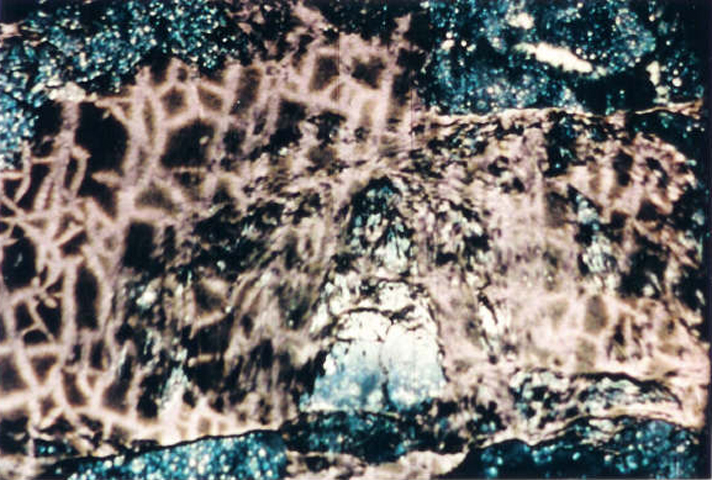Robert and Mary Beth had the privilege of studying with Stan Brakhage and Phil Solomon in Boulder, Colorado. They developed ways of filmmaking in which the surface is as important as what is depicted, in which depiction itself becomes a question rather than a given. Both embrace hand processing and optical printing, and both share a basic concern for visual rhythm and the possibility of non-representational form. Schaller will present a cross section of his works from the past ten years that use musical and mathematical form, home-made emulsion, home-made cameras, dance and multiple projection. Reed will show several short hand-painted, manipulated and animated films, including Jakob, Montessori Sword Fight, Sand Castle, Moon Streams, Sunday Afternoon and Moose Mountain 2. (Mary Beth Reed and Robert Schaller)
Thursday, November 14 at 7:30pm
Yerba Buena Center for the Arts
701 Mission Street (corner of Third)
Tickets: 415-978-ARTS
Hans Richter’s Dreams That Money Can Buy (or, where the 20s Avant-Garde went in the 40s)
Cinematheque showed two early films by German avant-garde filmmaker Hans Richter in a program of modernist documentaries in 2000. Tonight we explore more of Richter’s career with two early shorts, Race Symphony and Ghosts Before Breakfast, both made in Germany in 1928, followed by his first American feature, Dreams That Money Can Buy, a collaboration with Man Ray, Ernst, Duchamp, Léger and Calder, with music by Bowles, Milhaud and Cage. An odd mix of surrealist images with an occasional proto-beat aesthetic, the 1947 film narrates the dreams (each suggested by a different artist) of the clients of a down and out poet-turned-dealer in dreams. The “most startling film of the year” according to Sight & Sound. (Irina Leimbacher)
